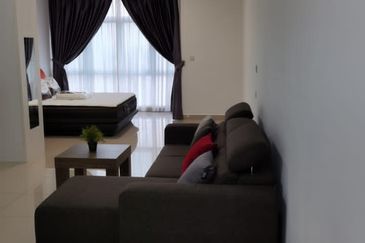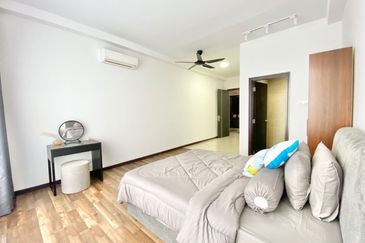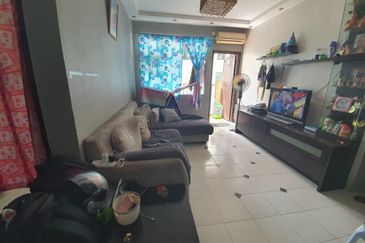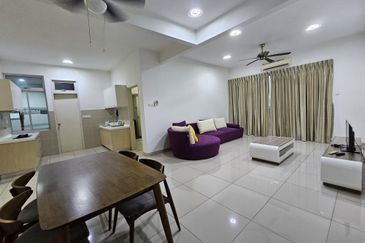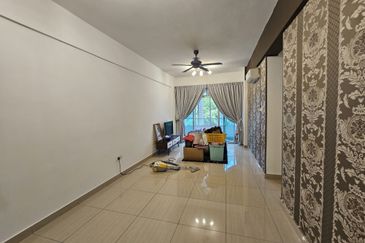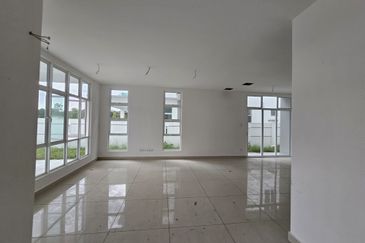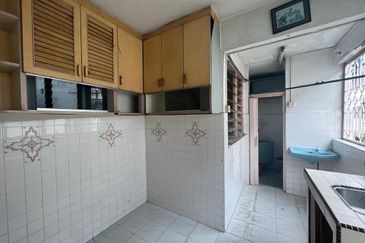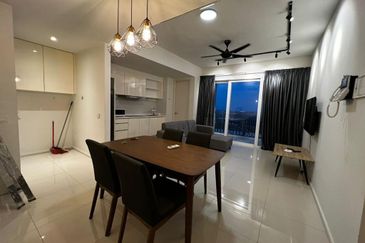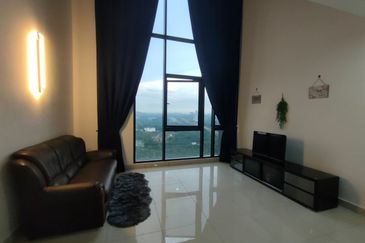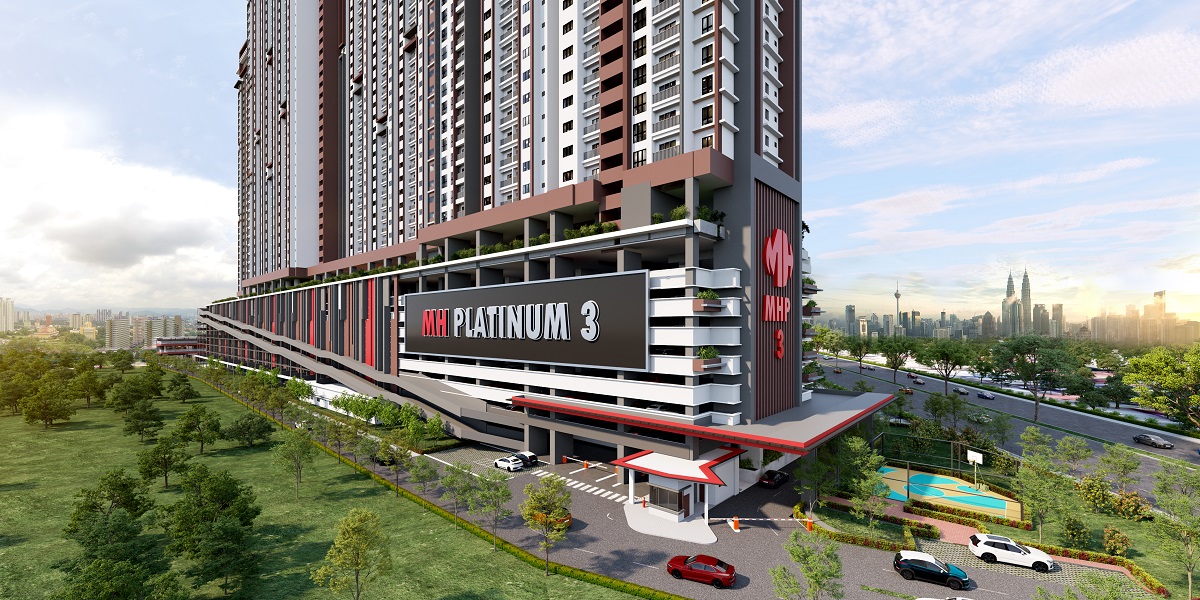
FIVE years into the launch of the Low Carbon Cities Framework (LCCF) in Malaysia, we are starting to see some progress.
“Since 2012, GreenTech Malaysia has been working with 16 local councils and agencies on the implementation of the LCCF. I am pleased to share that we have been successful in gathering baseline data with the cooperation and commitment of the local councils and agencies,” says Malaysian Green Technology Corp Bhd CEO Ahmad Hadri Haris (pictured, above).
Essentially, the LCCF serves as a guide for developers, local councils, town planners and non-governmental organisations to reduce carbon emission levels in cities. The two-component system comprises a framework and an assessment methodology that together facilitate and evaluate the development of low-carbon cities.
Launched in 2011 by the Ministry of Energy, Green Technology and Water, it is aimed at promoting the concept of low-carbon cities and townships in Malaysia and increasing the compatibility of cities and townships with their local natural systems as well as guiding cities in making choices for greener solutions.
By 2000, Malaysia’s total greenhouse gas emissions had increased 45% from 1994 levels, according to a report by the Intergovernmental Panel on Climate Change. At the time, its carbon dioxide emissions per capita were higher than the average for Asia-Pacific, based on the National Communications Report submitted by each country to the UN’s Framework Convention on Climate Change.
Have the goals of carbon reduction been viewed as clashing with economic development? Not at all, says Ahmad Hadri. “Globally, the concept of ecological modernisation, which centres on environmental re-adaptation of economic growth and industrial development, is fast gaining acceptance and has been widely used by scholars and policymakers for undertaking environmental strategies.
“It supports the idea that environmental efforts can bring about an economic multiplier effect such as creating a new economy, which will open up new job opportunities, reduce energy and other resources-related costs.”
In this context, he says, the implementation of the LCCF will create progressive and inclusive economic growth without compromising on the sustainability of natural resources. Furthermore, a green city will have a competitive edge and be an investment location of choice for occupants, businesses and investors.
“I must say that the local councils involved have been tremendously supportive and committed to reducing their respective city’s carbon footprint. The implementation of the LCCF requires a dedicated team to continually track a city or designated area’s carbon levels against activities carried out in order to produce data that is credible and accurate. I must commend all of our LCCF partners for the commitment they have shown throughout this journey,” says Ahmad Hadri.
One of its pilot partners, the Hang Tuah Jaya Town Council (MPHTJ), was awarded the Best Practice 1 Diamond Rating on March 3 for achieving a 4.34% reduction in carbon emissions (which works out to 434.26 tonnes of carbon dioxide) in just the first year of implementing the LCCF in 2014.
“In the initial phase, MPHTJ focused on two key elements — urban environment and building. Under urban environment, MPHTJ looked at urban greenery and environmental quality. Under building, the town council directed its efforts towards reducing energy and water consumption,” says Ahmad Hadri.
Plans are underway to expand the LCCF designated area in Hang Tuah Jaya to widen its carbon reduction initiatives.
Another success story is the Subang Jaya Municipal Council (MPSJ), which is currently implementing LCCF action plans across the urban transport and urban infrastructure elements. It is undertaking four initiatives — waste management, sustainable transport, a biomass centre and a green data centre.
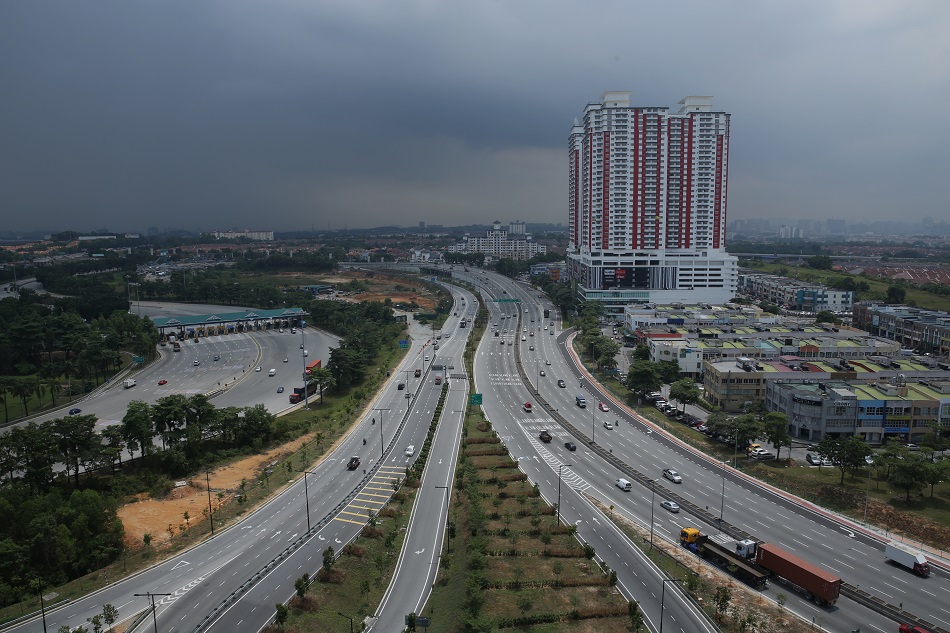
In terms of waste management, it has introduced waste separation and composting practices at wet markets and schools and expanding into food courts and hypermarkets. MPSJ is also introducing waste composting, anaerobic digestion biogas, vermicomposting, food waste separation and cooking oil recycling at its biomass centre in Bandar Bukit Puchong.
In terms of sustainable transport, the council launched the Bus Rapid Transit (BRT) Sunway Line in June last year, with 15 electric buses. It has also installed two CharEVs — GreenTech Malaysia’s brand of publicly accessible electric vehicle charging stations — at its headquarters and deploying 10 electric scooters supplied by Eclimo Motor Company Sdn Bhd for its enforcement department. The council has also retrofitted its data centre so that it now uses 30% less energy.
These initiatives have not gone unnoticed. In fact, MPSJ was conferred the title of Green World Ambassador last year by the Green Organisation, an international non-profit environmental group based in the UK. Locally, it was named one of Malaysia’s Top 30 Green Catalysts at the GreenTech Awards last year.
All these initiatives have pushed forward Melaka and Selangor’s vision of becoming a model green state. Kedah has pledged to become a green state by 2020, following the launch of the Kedah Green Agenda developed in consultation with GreenTech Malaysia in 2014. Plans are underway to implement the LCCF in the state.
Have there been any challenges? Naturally, Ahmad Hadri says. “As the LCCF is a relatively new approach, there are challenges mainly in terms of acceptance and capacity, which we are working to address.”
For instance, there is a perception that the implementation of the LCCF will require a considerable budget. “This is not the case as some initiatives require very little investment, and in some cases, none at all,” says Ahmad Hadri. “For example, the daily consumption of energy and water resources is a huge area that can be addressed immediately by changing mindsets, habits and inculcating green practices to minimise usage or by converting to energy-efficient lighting. Imagine the impact on carbon emissions reduction if the entire nation embarked on this first step and committed to monitor their daily consumption!”
He acknowledges that there has been low acceptance by some local councils, universities and developers. “This is mainly due to a lack of understanding about the LCCF concept.”
Towards this end, Ahmad Hadri says GreenTech Malaysia is conducting regional workshops to help local authorities develop a better understanding of the concept. It is also organising regular town hall sessions to enable discussions on areas of improvement.
A problem is that there is a lack of expertise and capacity among the implementers. “For effective implementation of the LCCF, local councils and agencies will need a dedicated team knowledgeable in these areas, especially in terms of carbon dioxide data collection, to develop the baseline report. So, GreenTech Malaysia has been conducting training sessions for our partners on how to calculate carbon dioxide emissions via LCCFTrack — a carbon calculator tool.”
The final challenge, Ahmad Hadri says, is getting the buy-in from the top management of local councils, agencies and developers to implement the LCCF successfully.
Despite this, it is surging ahead. GreenTech Malaysia aims to reach out to all 154 local councils to adopt the LCCF by 2020. “We are targeting to cover all the major cities in Malaysia. So, if you look at our current partners, they are spread across the country. Our priority is to implement the LCCF in areas with high population and those undergoing rapid development, as these areas would have the most potential to produce substantial results,” says Ahmad Hadri.
The LCCF is being implemented across different locations with different sets of operating circumstances. How does this work?
“The LCCF’s flexibility and scalability allows it to be implemented at a micro level, like what we did at Rumah Peranginan Persekutuan, Tasik Kenyir, as well as in larger areas,” he says. “The LCCF looks into four key elements of a city — urban environment, urban transport, urban infrastructure and buildings. These four elements are further drilled down to 13 performance criteria and 35 sub-criteria, ensuring that all aspects are taken into consideration.”

Ahmad Hadri says most of the cities or projects that have implemented the LCCF are advised to focus on energy, water and waste reduction first, and to increase their respective green spaces with high sequestration trees and shifting transport modes to more sustainable options, such as electric vehicles, as these are the most tangible aspects in terms of identifying operational carbon in a city.
“Fully transitioning a city to a low-carbon/carbon neutral status should be viewed as a longer-term goal that requires commitment from all the parties involved. Right now, our LCCF initiatives are at the initial stages, but we aim to gradually address all criteria under the four key elements, adopting a phased approach with our partners and eventually enabling cities to achieve carbon neutral status.”
How ready are Malaysian towns and cities for LCCF implementation? “Reports by the Carbon Trust — an expert independent partner of leading organisations around the world for sustainable strategies — indicate that 70% of the global greenhouse gas emissions arise from cities, and it will continue to increase in tandem with the growing population and development projects. The way forward must be anchored upon sustainability to ensure economic progress,” says Ahmad Hadri. In other words, there is no choice. Malaysian towns and cities will have to do this, whether they like it or not.
Ahmad Hadri notes that one of the thrusts of the 11th Malaysia Plan is green growth for sustainability and resilience, placing climate mitigation technology at the core of the nation’s future economic growth.
“We are pleased that Melaka, Kedah and Selangor have come forward to champion the green agenda. They have voluntarily pledged their commitment to become model green states and have developed detailed action plans that provide long-term road maps to achieve their vision,” he says.
“We are certain that the success achieved by 16 of our LCCF partners will inspire other local councils to adopt the framework to bring about impactful change,” he adds.
Sometimes, even the value of your home can be a mystery. Go to The Edge Reference Price to find out.
TOP PICKS BY EDGEPROP

Apartment Tanjung Puteri Resort
Pasir Gudang, Johor

D'Carlton Seaview Residences (Seri Mega)
Masai, Johor

D'Carlton Seaview Residences (Seri Mega)
Masai, Johor
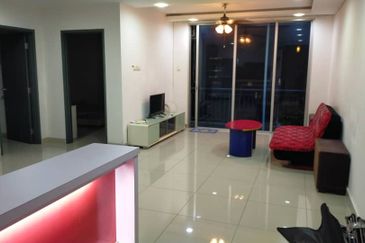
D'Ambience Residences (Ikatan Flora), Bandar Baru Permas Jaya
Permas Jaya/Senibong, Johor
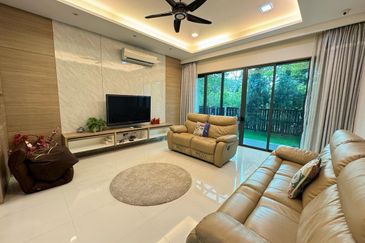
Charms of Nusantara, Setia Eco Glades
Cyberjaya, Selangor

